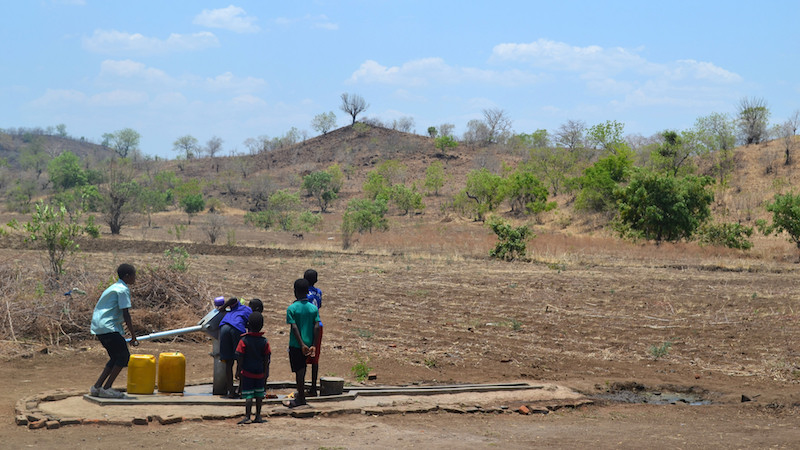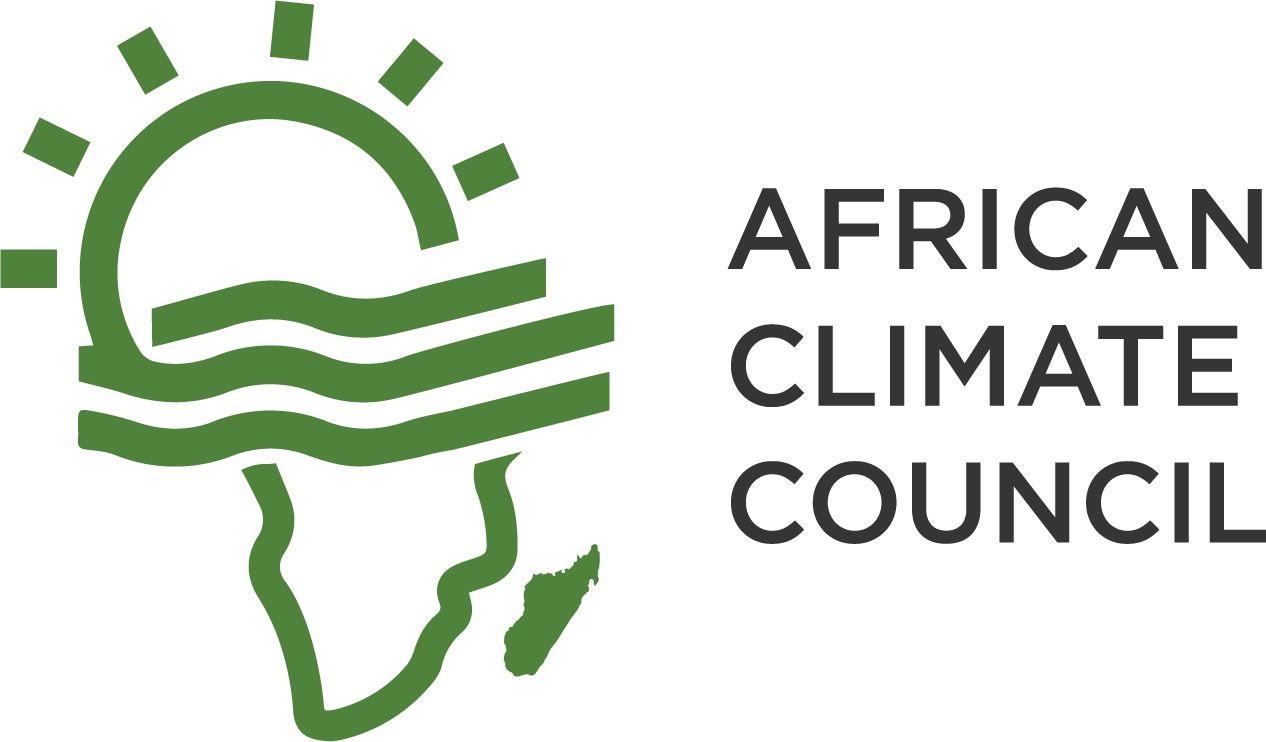
The first quarter of 2024 brought hardship to farmers in Southern Africa, with Malawi, Mozambique, Zambia, and Zimbabwe experiencing an exceptionally dry February, one of the driest seasons in decades. The resulting crop failures have precipitated a looming food crisis.
Felix Phikamiso, a farmer from the Ngabu traditional authority in southern Malawi, reported that the sun had scorched his entire maize field, with the mid-March rains arriving too late to save his crops. “Last year, we did not harvest because most of our gardens were washed away by Cyclone Freddy-induced floods,” he said.
In Zambia’s Eastern Province, Janet Mwale faced a similar plight as her maize crop in the village of Chipwaira wilted and died despite the application of top dressing and basal fertilizers.
The severe drought is primarily attributed to El Niño, a natural and recurring weather phenomenon that raises surface temperatures in parts of the Pacific Ocean, subsequently affecting global weather patterns and reducing rainfall in Southern Africa.
The current dire situation was foreseen by the Famine Early Warning Systems Network in a November 2023 report, which predicted that El Niño would cause extreme heat and significantly below-average rainfall across large areas of Southern Africa. The report warned that El Niño would lead to a poor harvest in 2024 for Malawi, Mozambique, and Zimbabwe, and drive food insecurity in Southern Africa until early 2025.
Experts recommend the guidance of agricultural extension workers, who can provide strategies to mitigate the impact of failed rains. They also advocate for the adoption of alternative crops aside from maize, investment in irrigation and water-harvesting technologies, cultivation of winter crops, raising drought-tolerant livestock, and prioritizing conservation-agriculture practices.


Add a Comment